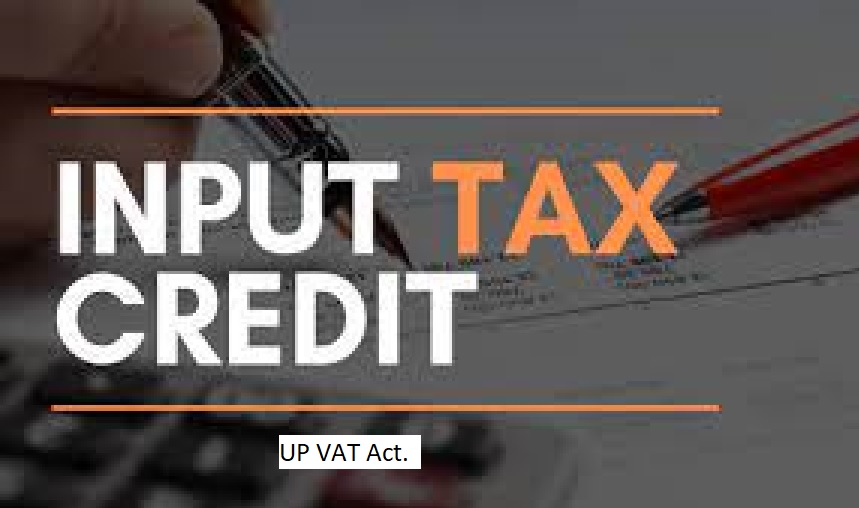


The Supreme Court recently rendered a significant judgment that delves into the intricacies of the Uttar Pradesh Value Added Tax Act, 2008 ("UP VAT Act"). In this case, the court anchored its decision on Explanation (iii) to Section 13 of the aforementioned Act, offering clarification and guidance on a nuanced aspect of taxation relating to the production of tax-exempt goods during the manufacturing process of taxable goods.
Explanation (iii) to Section 13 of the UP VAT Act forms the crux of the judicial interpretation. The court, in its deliberation, elucidated that when, in the course of manufacturing a taxable commodity, any goods that fall under the category of tax-exempt by-products or waste products are generated, a legal fiction comes into play. This legal fiction operates under the presumption that the goods procured from within the state for the purpose of such manufacturing have effectively been utilized in the production of taxable goods.
To dissect this ruling further, it is imperative to understand the context provided by Explanation (iii) to Section 13. The Explanation serves as a statutory clarification, aiming to address scenarios where the manufacturing process, aimed at producing taxable goods, incidentally results in the creation of goods that are exempted from taxation. In such cases, the Explanation steps in to streamline the tax treatment, establishing a deemed connection between the purchased inputs and the taxable output, even when some of the produced goods fall outside the ambit of taxation.
This legal fiction essentially bridges the gap between the production of taxable and tax-exempt goods within the manufacturing framework. The court's reliance on Explanation (iii) underscores the legislative intent to provide a comprehensive and coherent approach to taxation in situations where the manufacturing process yields both taxable and tax-exempt products. By deeming that the goods purchased for the manufacturing process are used in the production of taxable goods, the Explanation resolves the potential ambiguity that may arise in determining the tax treatment of inputs leading to the creation of exempted by-products or waste during manufacturing.
In essence, the court's interpretation provides a harmonious construction of the statutory provisions, aligning them with the underlying principle of taxing the final output while also acknowledging the incidental generation of tax-exempt by-products or waste. This approach prevents unintended tax advantages or disadvantages that could arise due to the inherent complexities of the manufacturing process.
The judgment not only interprets the statutory provision but also reflects a broader jurisprudential approach to taxation. It emphasizes the need for a purposive interpretation that aligns with the legislative intent, ensuring a fair and equitable application of tax laws. By adopting this approach, the court contributes to legal certainty and coherence in the realm of taxation, providing businesses with a clear understanding of the tax implications associated with the production of taxable and exempted goods within the manufacturing process.
In conclusion, the Supreme Court's reliance on Explanation (iii) to Section 13 of the UP VAT Act signifies a judicious interpretation aimed at reconciling the complexities inherent in the manufacturing of taxable goods that may result in the incidental production of tax-exempt by-products or waste. The legal fiction established by the Explanation serves as a pragmatic solution, aligning the tax treatment of inputs with the production of taxable goods and mitigating potential ambiguities in the application of tax laws.
TAGS: Supreme Court UP VAT Act Explanation (iii) to Section 13 Tax-exempt goods Manufacturing process Taxable goods Legal fiction Deemed connection